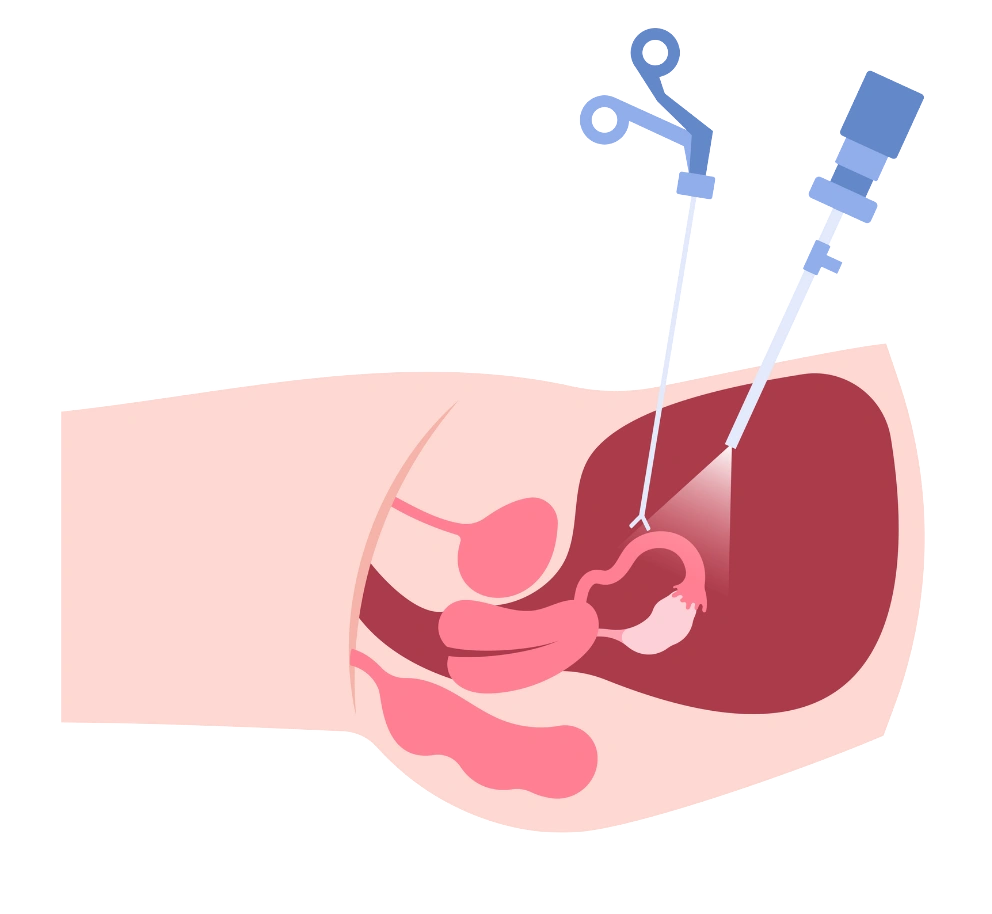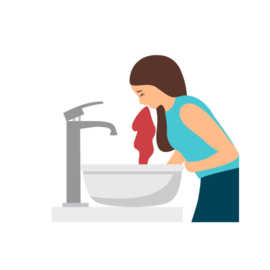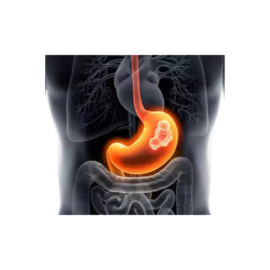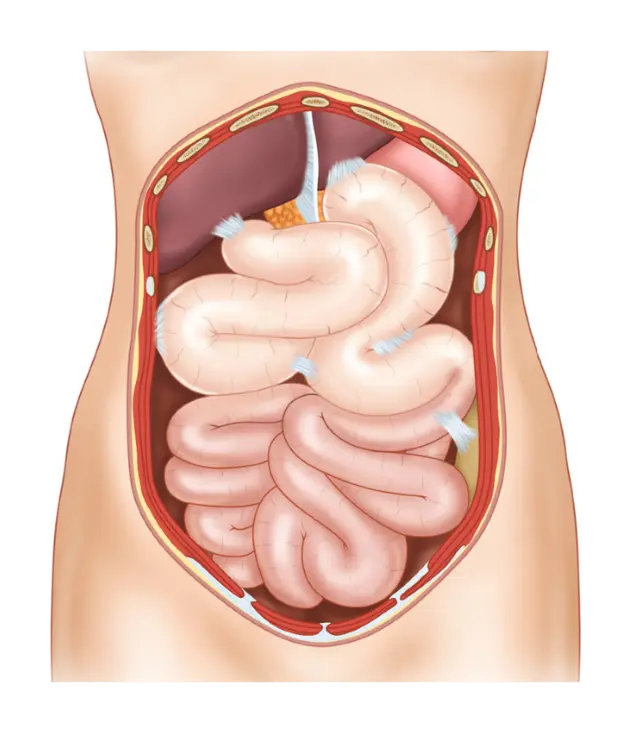Services
- Home
- Services

Umbilical Hernia
When a portion of the intestine protrudes through the tear in the abdominal muscles close to the navel (belly button), it is known as an umbilical hernia.They will create 3 to 4 keyholes on the abdomen. The muscle layer will be closed using sutures.

Hiatus Hernia
Normally the food pipe (oesophagus) passes from the chest into the abdomen to join the stomach, through a hole in the diaphragm, which is known as the HIATUS. The diaphragm is a muscular sheet separating the chest and the abdomen .

Appendicitis
The appendix is a muscular and tubular organ that is joined to the large intestine near its junction with the small intestine and it is usually present in the right lower abdomen. The appendix typically has a diameter of 7 to 8mm and a length of 2 to 20 cm

Jaundice
Jaundice, is a yellowish skin discoloration brought on by elevated bilirubin levels in the blood and extracellular fluids. In jaundice, there is a yellow discoloration of the eyes and urine.

Obesity
Obesity is the excessive build-up of body fat, typically brought on by consuming more calories than the body can absorb. Adipose tissue, or fat, is where the extra calories are subsequently deposited. BMI means Body Mass Index.

Liver Cirrhosis
Liver cirrhosis is an irreversible scarring condition that harms the liver and impairs its functionality. Liver failure may result. Fatty liver progresses to liver fibrosis which leads to cirrhosis. Chronic liver damage over a long period of time leads to cirrhosis.

Pancreatitis
Pancreatitis is the inflammation of the pancreas. It develops when the digestive enzymes secreted by the pancreas start to digest the pancreas itself. There are two forms of pancreatitis. Acute Pancreatitis& Chronic Pancreatitis

Inguinal Hernia
When tissue, such as a portion of the intestine, pushes through a weak area in the abdomen-in groin region, it is known as an inguinal hernia. When you cough, lean over, or lift anything heavy, the ensuing bulge may hurt.In the groin region, created into the skin.

Gerd
Gastroesophageal reflux disease (GERD) ,In this condition a physiological valve (lower oesophageal sphincter-LES)in the lower part of the esophagus junction with the stomach is loose or lax allowing the gastric contents

Endoscopy & Colonscopy
An endoscopy, also known as an upper gastrointestinal endoscopy, is an intervention performed to visually inspect the upper digestive tract.The colonoscope is advanced to the opposite end of the large intestine after being introduced via the rectum.

Cholelithiasis
(Gallbladder stones)
The concentrated, hardened bile particles that build up in the gallbladder or bile ducts are called gallstones.The exact cause is not known. Some of the causes may be cholesterol-lowering agents, some estrogen supplements,

Ventral Hernia/Incisional Hernia
Due to a surgical incision, the abdominal muscle weakens, leading to incisional hernias. A variety of unique factors, including people who engage in excessive or early physical activity following surgery, can lead to an incisional hernia.

Anal Fissure
An anal fissure is a crack or tear in the lower end of the anal canal.It is the most painful condition affecting the anal region.The inner lining of the anus is frequently damaged by bowel movements or other straining of the anal canal,

Anal Fistula/ Fistula In Ano
Fistula in an/Anal Fistula (also known as POWTHIRAM in Tamil)is a tract or a tunnel lined by epithelium connecting the skin around the anus and the mucous membrane inside the anus. simple words fistula is tunnel going from anus

Haemorrhoids Or Piles
Haemorrhoids, also known as piles, commonly known as Mulayam in Tamil, are enlarged and inflamed veins in the rectum and anus.Haemorrhoids are a result of straining, which puts pressure on the veins in the rectum or anus.

Laparoscopic Surgery
Laparoscopic surgery is also called Keyhole surgery or Minimally Invasive Surgery or Minimal Access Surgery. Usually, the term laparoscopic surgery is reserved for keyhole surgery or minimal access surgery done in the abdomen and the term.

Rectal Prolapse
Any bodily part that slides or reclines from its natural position is said to prolapse. Rectal prolapse occurs when the rectum, the last segment of the large intestine, slips out of the anus.The bulge can stay visible

GIST 's -Gastrointestinal Stromal Tumours
GISTs, or gastrointestinal stromal tumours, are uncommon tumours that develop when cells proliferate uncontrollably and abnormally. GISTs can originate from any point in the gastrointestinal system, ranging from the oesophagus to the anus.

Crohn's Disease
The term “inflammatory bowel disease” (IBD) refers to a number of illnesses in which there is an inflammation of the intestines causing Severe abdominal cramps, diarrhoea, and stomach discomfort. It also influences the body’s nutrition absorption process

Bowel Perforation-Intestinal Perforation
A bowel perforation is a hole that occurs in the gastrointestinal tract and it can arise in the stomach or the small intestine or the colon and the intestinal contents

Bowel Obstruction-Intestinal Obstruction
A partial or whole blockage of either the large or small intestine is referred to as a bowel obstruction.Patients may have abdominal distention,vomiting,abdominal pain

Gastrointestinal Bleeding
Bleeding in the gastrointestinal tract (GI) indicates a digestive tract problem.In any of the digestive organs, GI bleeding may happen. Upper gastrointestinal bleeding is defined as bleeding that happens in the duodenum,

Liver Disorders
The liver is the largest solid organ in the body. It aids in nutrient absorption, energy storage, and toxin removal in the body. When there is a deposit of fat in the liver it becomes fatty and enlarged , the patient has fatty liver disease. .

Liver Cancer-Hepatoma
When malignant (cancer) cells develop in the liver’s tissues, it is known as liver cancer. Usually predisposed by long-term cirrhosis and long-term hepatitis B and C infection. May be diagnosed with a CT scan of the abdomen or MRI and with blood tests like ALPHA FETO PROTEIN.

Gastric Disorders
Gastritis is the inflammation of the stomach lining.When the whole of the stomach got inflamed it is known as PANGASTRITIS.In this patient has indigestion symptoms like fullness after food, belching, abdominal bloating, etc. An endoscopy may be normal.

Stomach Cancer
Stomach cancer or gastric cancer is the abnormal growth of cells in the stomach which joins to form a tumour or a mass.It can occur in any part of the stomach.Usually diagnosed with endoscopy and CT scan .Usually through surgical procedure those tumours are removed

Small Bowel Disorders -Small Intestine Disorders Intra-Abdominal Adhesions
mall intestine is also called the small bowel.It is the part which connects the stomach to the colon (large intestine),where the food travels.

Small Bowel Cancer (Small Intestine Cancer)
In this the inflammation and infection of the pancreas develops acutely and the pancreas becomes edematous and swollen and the abdomen becomes distended and patients have severe pain

Large Intestine-Colon Disorders
Irritable bowel syndrome (IBS) is a digestive disorder.It is a collection of symptoms that often are associated, such as recurrent abdominal discomfort and changes in bowel that can be either diarrhea,

Colon Cancer
The lengthy tube that aids in moving digested food to the rectum and out of the body, the colon (large intestine), is where colon (colorectal) cancer appears.Some polyps or growths in the inner lining of the colon can turn into colon cancer.

Rectal Cancer
In rectal cancer,abnormal cells grow in the rectum,the last part of the large intestine.Bleeding in the rectal area,diarrhea,an abrupt shift in the timing and manner of the bowel movements,Poop that has a thin appearance., higher portion of the rectum is cancerous part is excised.

Meckel's Diverticulum
Meckel’s diverticulum, which is situated in the bottom section of the small intestine, is a little protrusion that extends from the intestinal wall. The pouch is a piece of tissue that remains from the digestive system’s embryonic development.

Spleen
The spleen is a fist-sized organ that is located below the left rib cage and close to the stomach on the upper left side of the abdomen.
